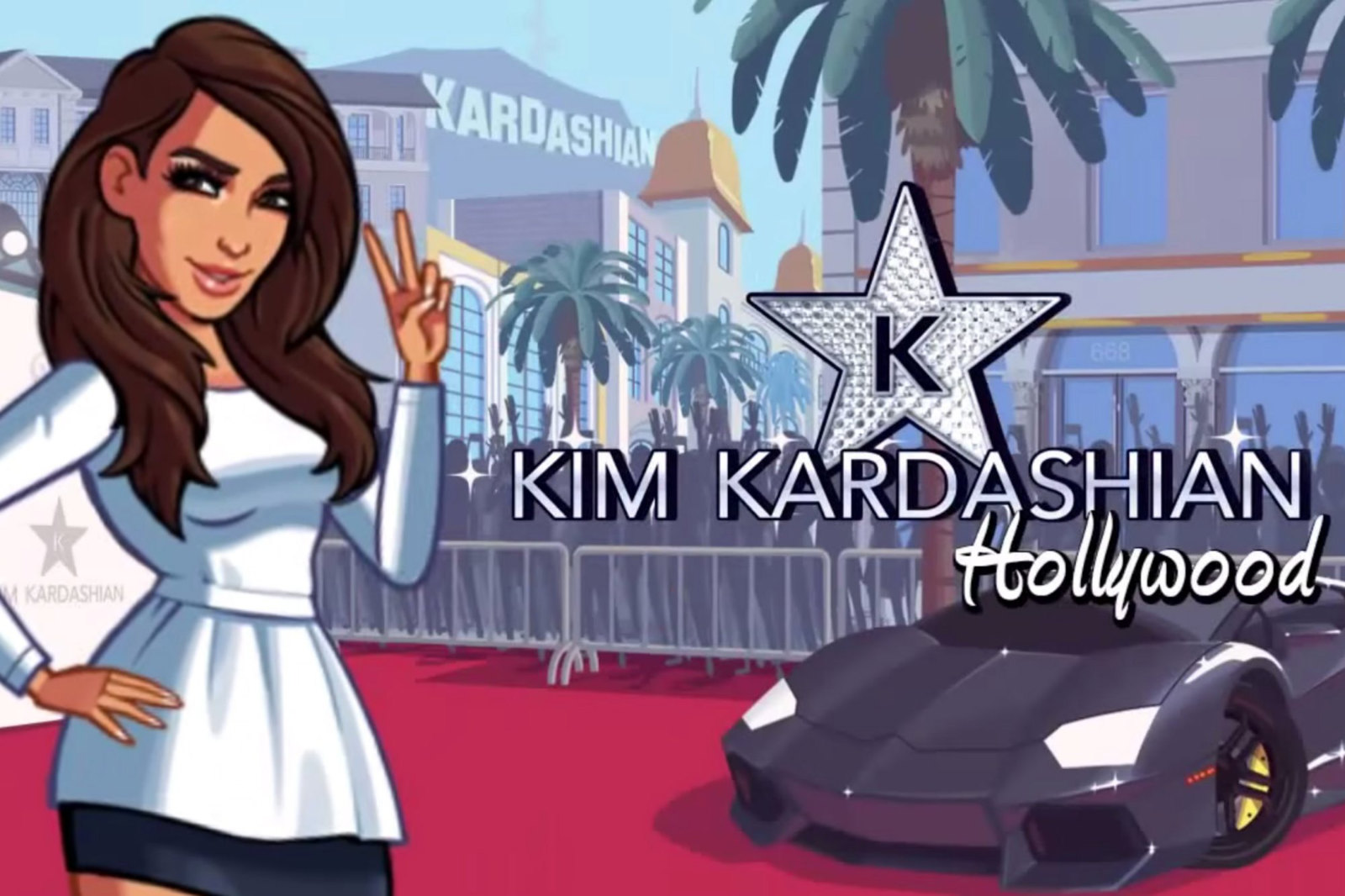
LIVING Facebook’s plans for the metaverse are nothing new. Riveka Thevendran looks at the history of fashion in gaming, where even big-name designers have found themselves working
First published in the March 2022 issue of Lucire KSA

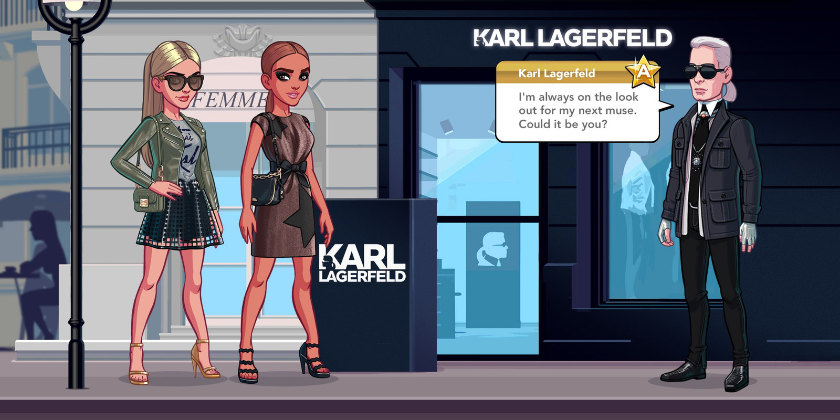
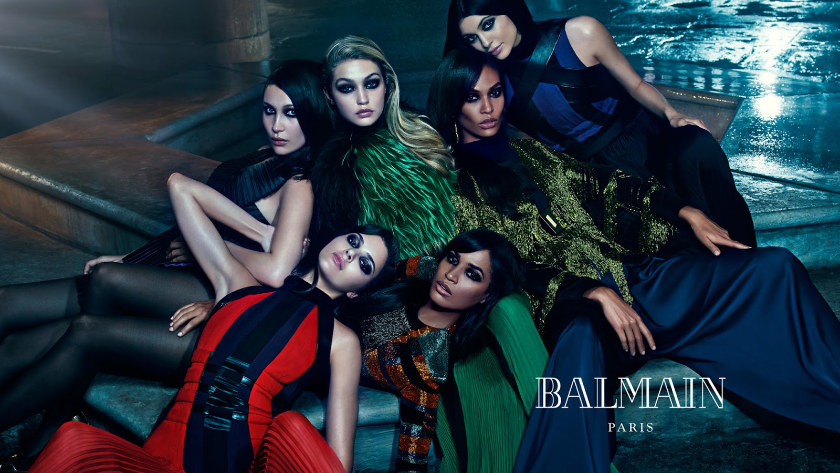
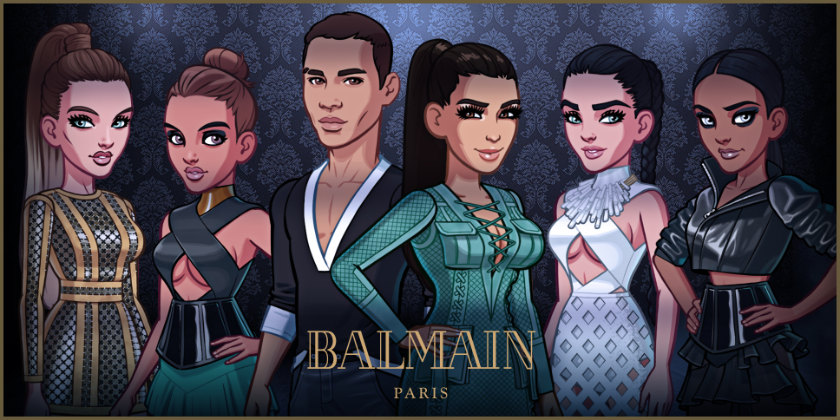
Feature photo: Kim Kardashian: Hollywood. Above, from top: From Karl Lagerfeld’s spring 2016 campaign, which appears in virtual form in Kim Kardashian: Hollywood. Players encounter a virtual Karl Lagerfeld. Balmain autumn–winter 2015, which appears in Kim Kardashian: Hollywood. The Balmain models rendered virtually. Below right: Karl Lagerfeld makes a guest appearance in Kim Kardashian: Hollywood.
 Video and mobile games have always been a fun hobby that many enjoy. Though they are often works of literary genius, they are rarely considered as good as their film and novel counterparts. Over the past decades, many game developers worked tirelessly to make their games something more than what many call a wasteful pastime and a harmful and time-consuming hobby. In recent years, game developers decided to play up the most common trait between movies, novels and games: fashion! While the representation of fashion in films is quite easy to notice, novels are a little harder to decipher as they are almost always wrapped in a specific decade, theme or feeling, paired with descriptive writing to properly paint a mental image in readers’ minds. Game designers have taken to incorporating both these traits in the following games.
Video and mobile games have always been a fun hobby that many enjoy. Though they are often works of literary genius, they are rarely considered as good as their film and novel counterparts. Over the past decades, many game developers worked tirelessly to make their games something more than what many call a wasteful pastime and a harmful and time-consuming hobby. In recent years, game developers decided to play up the most common trait between movies, novels and games: fashion! While the representation of fashion in films is quite easy to notice, novels are a little harder to decipher as they are almost always wrapped in a specific decade, theme or feeling, paired with descriptive writing to properly paint a mental image in readers’ minds. Game designers have taken to incorporating both these traits in the following games.
In the beginning, game fashion was portrayed exclusively through character customization, namely dress-up games. These had the sole purpose of providing a creative outlet for those who played games for their visual appeal. It quickly became a popular genre as thousands of dress-up games were made with varying degrees of unoriginal narratives to make them different from their competitors. In these games, the premise was always the same: somebody has a fashion emergency and it is up to us to save the day! We get to choose everything from their hairstyle to their clothes and make-up as we get them ready to face their daily woes. Sometimes, there isn’t even a plot to follow, it goes right into gameplay. While this is the simplest representation of fashion in games, it allowed people to have control over the process, and it quickly became addictive due to its visual appeal.
As gamers turn to online platforms such as YouTube, Twitch, Facebook and more to review games, the standards of a good game has steadily risen. Dress-up games were now considered the lowest form of entertainment and everybody’s gaze shifted to the first phase of evolution in game fashion in 2014. Kim Kardashian: Hollywood and The Sims series were pivotal in the forming of this phase as they took character customization to new heights by adding narrative to it. Kim Kardashian: Hollywood is a bit more on the nose than The Sims, as it follows your character’s rise to fame after a chance meeting with Kim Kardashian in a clothing store. With their growing fame, your character sports chic new outfits and hairstyles in their efforts to climb the fashion ladder. Your character models in multiple fashion weeks as they are named the youth’s fashion icon and soon, not only do they have a successful career as a model, but begin their venture as a movie actor, all thanks to their incredible fashion sense.
On the other hand, The Sims series was the complete opposite and relied more on people’s interpretation as we got to write the story of every character we customized in gameplay. From friendships and whirlwind romances to career goals, everything is determined by us as we take the wheel in writing the script for the game. There was an outfit for every occasion that we can mix and match. The best part of this series is how we get to shape and form the personalities of each sim, the portrayal of which is the strongest through their sense of fashion. It is one of the most interactive games to date, and a good example of why it is still popular today. Though these games certainly weren’t the first ones to opt into this new format, they were the most successful and in turn, the most evolutionary.
Due to the nature of these games, new fashion choices are constantly being demanded, so game developers started collaborating with fashion designers to meet them. Olivier Rousteing, one of Balmain’s designers, collaborated with Kim Kardashian: Hollywood by featuring Balmain’s autumn 2015 collection from both the men’s and women’s lines. Karl Lagerfeld was also a surprise “guest” in the game, as it included a boutique of his spring 2016 collection. Meanwhile, The Sims 4’s most recent endeavour includes a collaboration with Moschino, where creative director, Jeremy Scott, launches the latest capsule collection inspired by The Sims and their own ready-to-wear items.
Following this improvement in narrative game fashion, Choices: The Stories You Play was released in 2016. The app boasts a broad collection of interactive novels that depend solely on the choices you make to determine the direction and ending of the “story games”. You get to customize your character’s hair, outfit and overall look, which influences the story. A good example is Across the Void, one of the most fashionable story games. It follows the story of the captain of a luxury spaceship whose sole job is to make sure VIP passengers cross the galaxy safely in the midst of a galactic civil war. In this game, premium choices that require in-game currency decide your fate, a lot of which are choices in clothing. How the captain presents themselves determines how others respond to them. The very first fashion choice you make is the captain’s outfit which sets the tone for the rest of the book. Showing up to the first day on the job in a sleek white overcoat that is designed with eye-catching geometric shapes paired with a lavender blouse and formal grey pants earns the passengers’ respect and trust that you have their best interests at heart. Throughout the book, there are multiple outfit changes to suit different parties the captain attends to keep the peace between both the passengers, and certain communities and their culture.
continued below
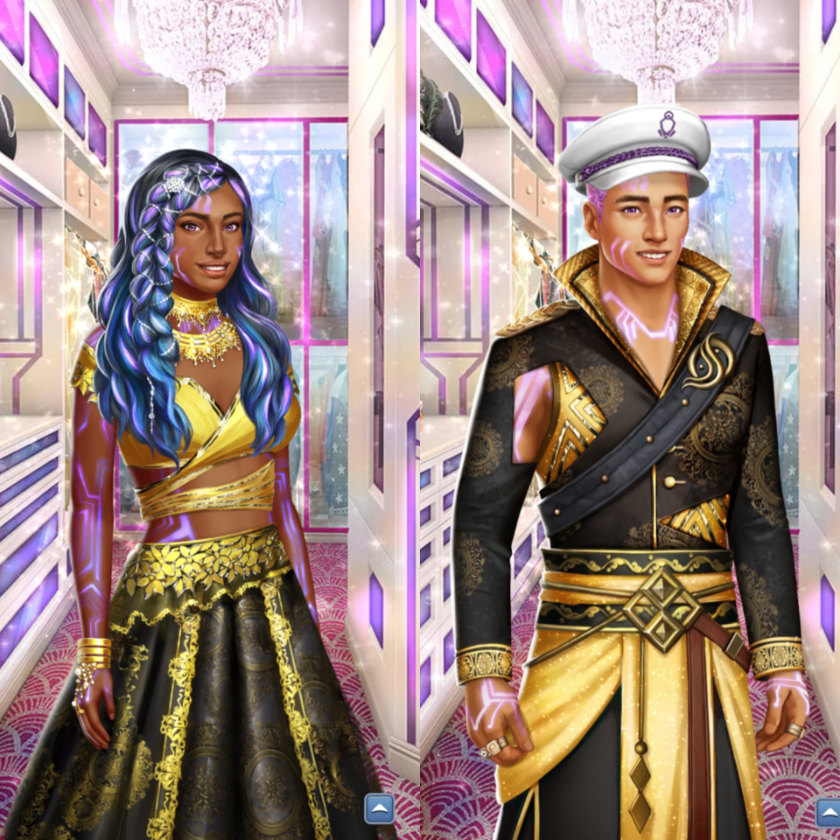
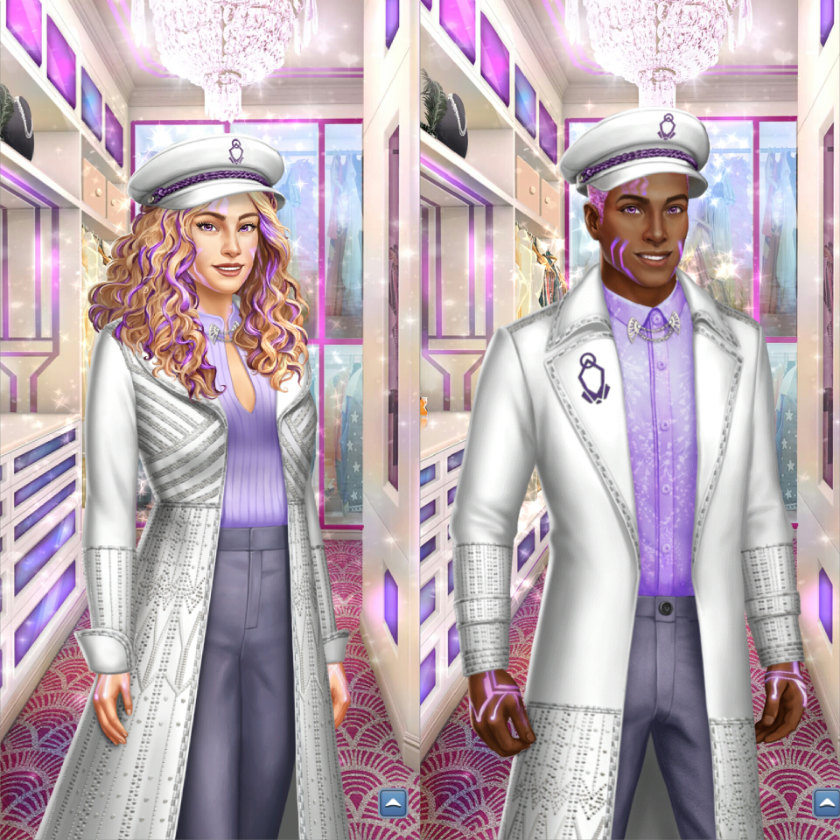
Above: The captains’ outfits in Across the Void.
The most notable look is the purple body-con dress for female characters with spider web design on the bodice that gives way to an intricate pattern that spreads out over the body of the dress in beaded waves. The male equivalent of this outfit is a tux with bead embroidery on the suit jacket with purple accents in the outfit. Another example would be the Epoch Theme outfit, where the captain pays respects to the culture of a small planet, Epoch, by wearing their gold and black colours with tribal prints. Non-customizable characters in the game were also given special attention in their design to showcase their impeccable fashion sense, namely the First Officer Sol and the Prince of Epoch, Prince Barlow. Sol has black hair with gems interwoven in them and around his multicoloured eyes. He sports a blue waistcoat with elaborate gold patterns. He wears a dark purple top paired with a black belt and scarf. Prince Barlow, on the other hand, adorns what at first glance is a simple, open purple robe and dark green pants, but upon closer inspection, it’s hard to miss the glamorous gold, geometric detail on his robe and a fashionable gold chain around his hips.
While these are amazing developments in game fashion, nothing set the trend for future games like phase two. In this phase, not only have the production values risen considerably, there was significant improvement and development in the narration and execution of games. With film-level production values, actors and actresses were hired to provide voiceovers and mo-cap for their 2-D characters. Playing games in Phase 2 is akin to watching an A-grade film, only you get to decide how the main character progresses in their journey. Notable games in this phase are 2018’s Detroit: Become Human and 2020’s Marvel’s Spider-Man: Miles Morales.
Detroit: Become Human is an adventure game developed by Quantic Dream and published by Sony Interactive Entertainment. The game follows three main characters: Kara, a sentient android on the run; Connor, an android deployed to hunt sentient androids; and Markus, a sentient android trying to free other androids from servitude. Portrayed by Jesse Williams, Markus’s outfits always consist of multiple variations of A-line trench coats that complement his physique while emphasizing his authority with matching black boots and combat pants. Geometrical designs are prevalent in Markus’s outfits, more so in the cuts of fabric than the design. In his most relaxed state, Markus prefers sneakers and stylish V-neck Ts to lounge in. While the other characters in the game also showcase impressive fashionable taste, Markus is the most diverse character.
Marvel’s Spider-man: Miles Morales, developed by Insomniac Games and published by Sony Interactive Entertainment, narrates the journey of Afro-Latino Miles Morales as he protects Harlem from a corrupt corporation and a supervillain with a high-tech criminal army at the same time. Unlike all the other games, this one follows a strict storyline, but makes up for it with 19 collectible outfits that give Miles different abilities, aside from being a fashion icon. The most notable suits are the T.R.A.C.K. Suit, the Animated Suit, and the Uptown Pride Suit. The T.R.A.C.K. Suit, also known as the Time Response Activated Circuit Kinetic Suit, takes a new spin on the classic as it replaces most of the black colours with white, leaving the head and shoulders to be fully black, designed with red spider webs that reach for the spider symbol on the chest. With the inner thighs sporting black and the outer a bright white, it is certainly an unusual, yet trendy spin on Spider-man’s look. The Animated Suit is a welcome change of pace considering it is a 3-D game meant to give off a cinematic experience. True to its name, it adopts a cel-shaded design that gives Spider-man an otherworldly look as he zips past the lifelike world of the game. Last but not least, the Uptown Pride Suit is a classic suit, but the red trimming is replaced with gold. Though this look isn’t new, it is the most symbolic. It shows that anyone can be Spider-man and that the name means more than an identity.
Video games are constantly evolving in their goal to offer the best cinematic experience. It is unexpected that they also double as a fashion trendsetter, yet people are certainly not complaining, if the thousands of cosplays portraying video game characters are anything to go by. With the New Year comes a whole slew of new game releases and hopefully, even more trending 2-D fashionistas! •
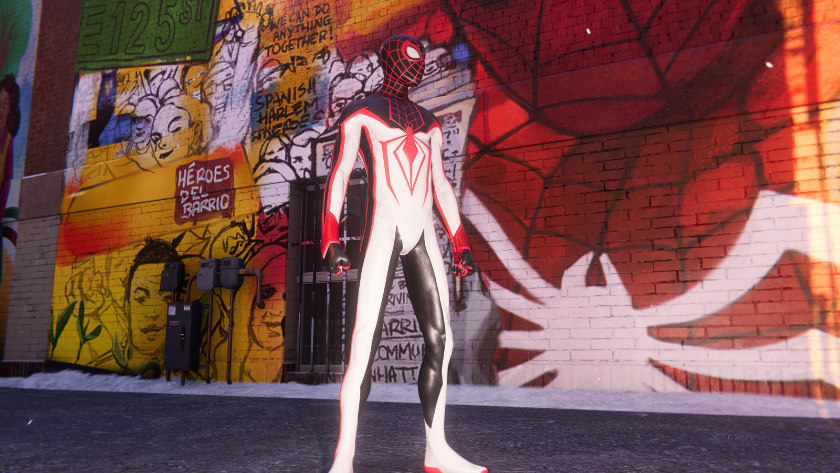
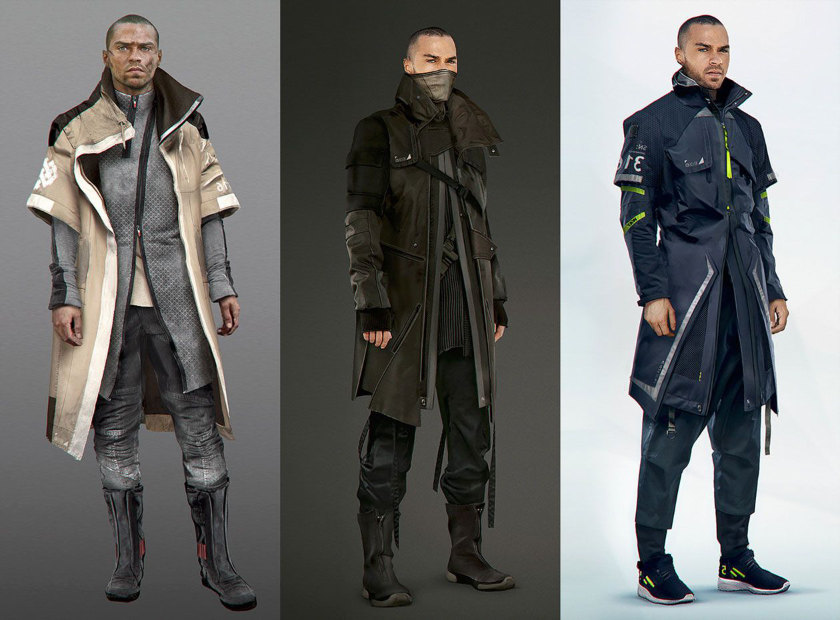
Above, from top: The T.R.A.C.K. Suit in Spider-man: Miles Morales. Jesse Williams as Markus in Detroit: Become Human.
Related articles hand-picked by our editors
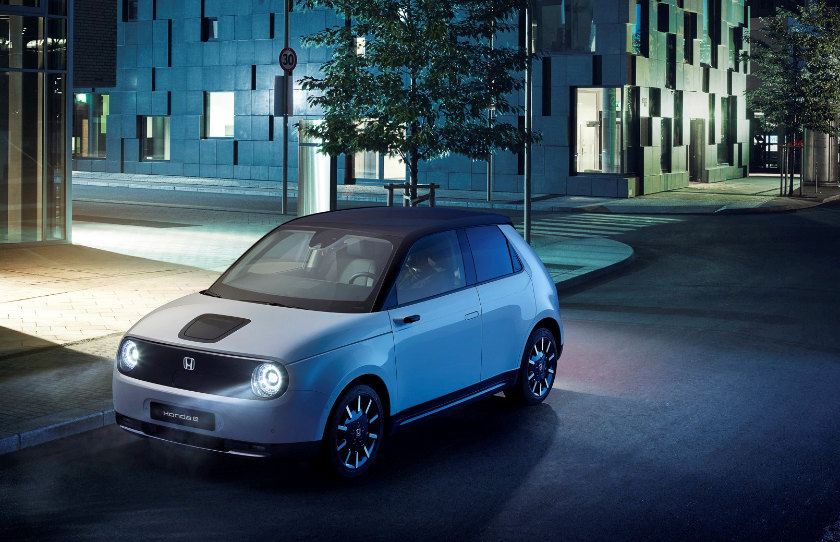
Small is beautiful
The Honda E is Lucire’s Car to Be Seen in for this year, the first Japanese winner of our annual accolade. Jack Yan explains why
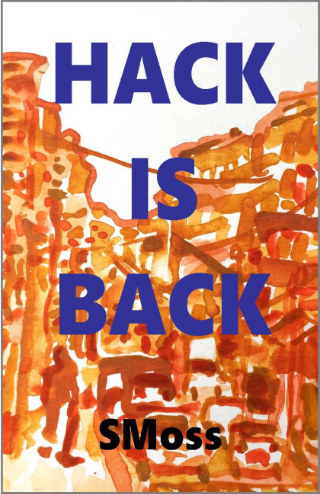 Hack Is Back
Hack Is Back
After a successful serialization of travel editor Stanley Moss’s novel, The Hacker, earlier this year during lockdown in many countries, we follow up with its sequel, Hack Is Back, which picks up immediately after the conclusion of the earlier story about a young technology company located in Gurgaon, and continues to follow the lives and adventures of all the cast members. This time they’re mixed up with Israeli cybercriminals, Bitcoin ransoms and malware on smartphones
Who’s who | Chapters 1–3 | 4–7 | 8–11 | 12–15 | 16–19 | 20–3 | Acknowledgements

After the events of January 6, Emily Ratajkowski and others point to the real dangers
Model Emily Ratajkowski, journalist Glenn Greenwald, and whistleblower Edward Snowden all point to the same danger in the wake of the riot at the US Capitol. Jack Yan explains